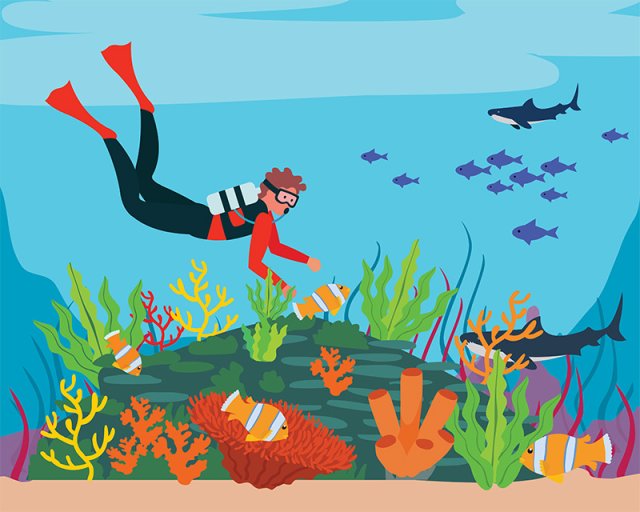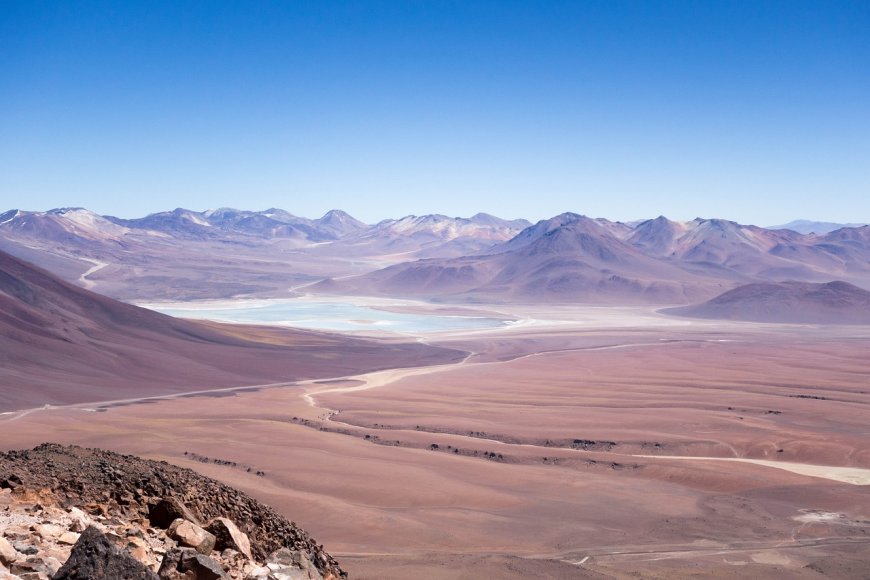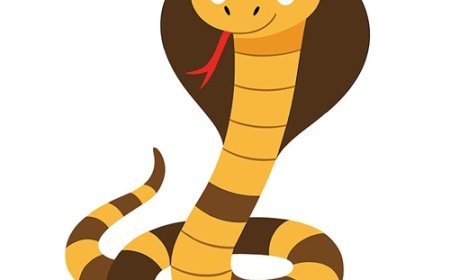Animals for Kids Learn About the Animal Kingdom
Explore the amazing world of animals! This fun and educational guide explains what animals are, how they live, their different types, habitats, diets, and why they’re important.

🐘 What Is an Animal?
Animals are living creatures that share the Earth with us. They are multicellular, which means they are made up of many cells, and they belong to a large group of living things called the Animal Kingdom. Unlike plants, animals cannot make their own food through photosynthesis. Instead, they need to eat other organisms to get energy—this could be plants, other animals, or both.
What makes animals special is that they can usually move from place to place. They also have senses that help them react to their environment—such as seeing, hearing, smelling, or feeling. Some animals are tiny, like ants and jellyfish, while others, like elephants and whales, are some of the largest creatures on Earth. No matter their size or shape, animals play a huge role in our world.
🐾 How Are Animals Grouped?
Because there are millions of different animal species, scientists use a system called classification to group them. Classification helps us understand what animals are similar to each other and how they evolved.
Animals are first divided into vertebrates (with backbones) and invertebrates (without backbones). From there, vertebrates are placed into five main groups:
1. Mammals
Mammals are warm-blooded animals with fur or hair, and almost all of them give birth to live babies. Mothers feed their babies with milk from their bodies. Humans, dogs, dolphins, and bears are all mammals.
2. Birds
Birds are also warm-blooded, but they have feathers, beaks, and lay eggs. Most birds can fly, but some—like ostriches and penguins—cannot. All birds have wings, though they use them in different ways.
3. Reptiles
Reptiles are cold-blooded animals with scaly skin. They lay eggs, breathe air, and live on land or in water. Snakes, lizards, turtles, and crocodiles are reptiles.
4. Amphibians
Amphibians begin life in water and then often move to land as they grow. Most start as eggs, hatch into swimming larvae (like tadpoles), and undergo a transformation called metamorphosis. Frogs and salamanders are examples.
5. Fish
Fish are cold-blooded animals that live their entire lives in water. They breathe through gills and use fins to swim. Most have scales and lay eggs.
Meanwhile, invertebrates, which include animals like insects, spiders, worms, jellyfish, and octopuses, make up more than 95% of all animals on Earth!
🌍 Where Do Animals Live?

Animals are found in every corner of the planet. They live in places called habitats—natural environments that provide everything they need to survive. Some animals can live in just one type of habitat, while others can survive in several different places.
- In the rainforest, where it’s warm and wet, you’ll find monkeys, parrots, frogs, and jaguars.
- In the desert, where it’s hot and dry, camels, lizards, and scorpions thrive.
- Oceans are home to whales, dolphins, coral, and thousands of types of fish.
- In the Arctic and Antarctic, animals like polar bears and penguins live in freezing temperatures.
- Grasslands host animals such as lions, elephants, and zebras.
- Even cities and farmlands are home to animals like squirrels, pigeons, cats, and cows.
Every animal is adapted to its habitat, and changes to those environments—like pollution or deforestation—can affect animals in serious ways.
🍽️ What Do Animals Eat?
Animals must eat to survive, but what they eat depends on their body type, habitat, and adaptations. Based on their diets, animals can be grouped into four main types:
Herbivores eat only plants. Examples: deer, giraffes, and rabbits.
Carnivores eat only meat. Examples: lions, hawks, and sharks.
Omnivores eat both plants and animals. Examples: humans, raccoons, and bears.
Detritivores and scavengers eat dead animals or decaying matter. Examples: vultures, crabs, and some beetles.
Food chains and food webs show how animals are connected as predators and prey. A single ecosystem may include dozens of food chains, all interacting and affecting one another.
🐣 How Do Animals Grow?
All animals go through a life cycle that includes being born, growing up, reproducing, and eventually dying. Some animals, like mammals and birds, are born looking similar to their parents and grow steadily. Others go through amazing changes.
A butterfly starts life as a tiny egg, then becomes a caterpillar, forms a chrysalis, and finally becomes a butterfly—this is called complete metamorphosis. Frogs also change dramatically as they grow from eggs to tadpoles to adult frogs.
Animal lifespans vary widely. Some insects live for only a few days, while certain tortoises, whales, and parrots can live for over 100 years!
🧠 How Animals Survive: Adaptations
Animals have amazing adaptations—features or behaviors that help them survive in their environment. These can be physical (like body parts or coloring) or behavioral (like migration or hibernation).
Here are some examples:
Camouflage helps animals blend into their surroundings to hide from predators (like stick insects or snow leopards).
Sharp claws and teeth help predators catch and eat prey (like tigers and eagles).
Blubber helps animals like whales and seals stay warm in cold water.
Hibernation allows animals like bears to rest through the winter when food is scarce.
Migration helps birds and other animals travel long distances to find food or warmer weather.
Adaptations can take thousands of years to develop through evolution, and they help animals live longer and raise healthy young.
🌟 Why Animals Matter
Animals aren’t just fun to learn about—they are an essential part of Earth’s ecosystems. They help pollinate plants, spread seeds, control insect populations, and keep food webs in balance. Without animals, many parts of nature would not function properly.
Animals also play a role in human life. They provide companionship, help with work, offer food, and even appear in art, mythology, and religion. Sadly, many animals are endangered or threatened because of habitat loss, pollution, or hunting.
Learning about animals helps us become better caretakers of the planet and the creatures we share it with.
🦁 Explore the Animal World (Coming Soon Links)
Animal Groups
Mammals
Birds
Reptiles
Amphibians
Fish
Invertebrates
Habitats and Ecosystems
Rainforest Animals
Desert Animals
Ocean Animals
Arctic and Polar Animals
Savanna and Grassland Animals
Animal Behavior and Adaptation
Migration
Hibernation
Animal Communication
Animal Intelligence
Special Topics
Endangered Animals
Life Cycles
Pets and Domesticated Animals
Funniest Animal Behaviors
Each of these subtopics will help students go deeper into the animal kingdom and discover how truly amazing life on Earth is.
📚 Vocabulary Words
Habitat – The natural environment where an animal lives
Vertebrate – An animal with a backbone
Invertebrate – An animal without a backbone
Herbivore – An animal that eats only plants
Carnivore – An animal that eats only meat
Omnivore – An animal that eats both plants and meat
Adaptation – A trait that helps an animal survive
Metamorphosis – A complete change in form during an animal’s life cycle
Predator – An animal that hunts others for food
Prey – An animal that is hunted and eaten


















































